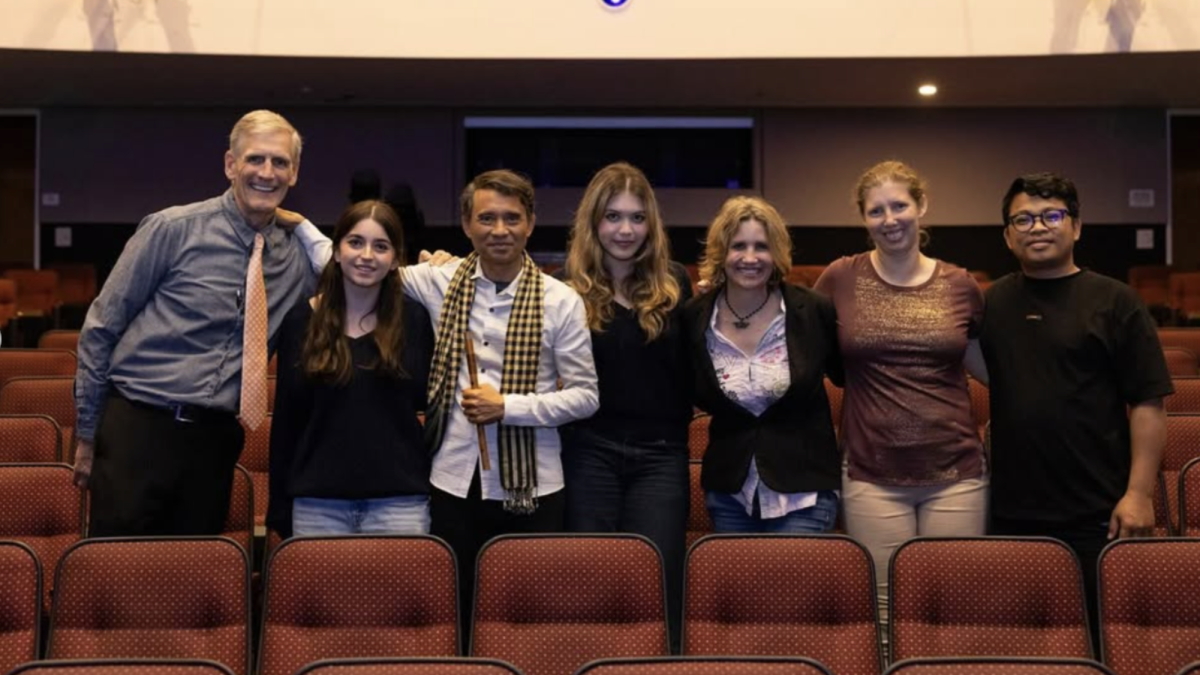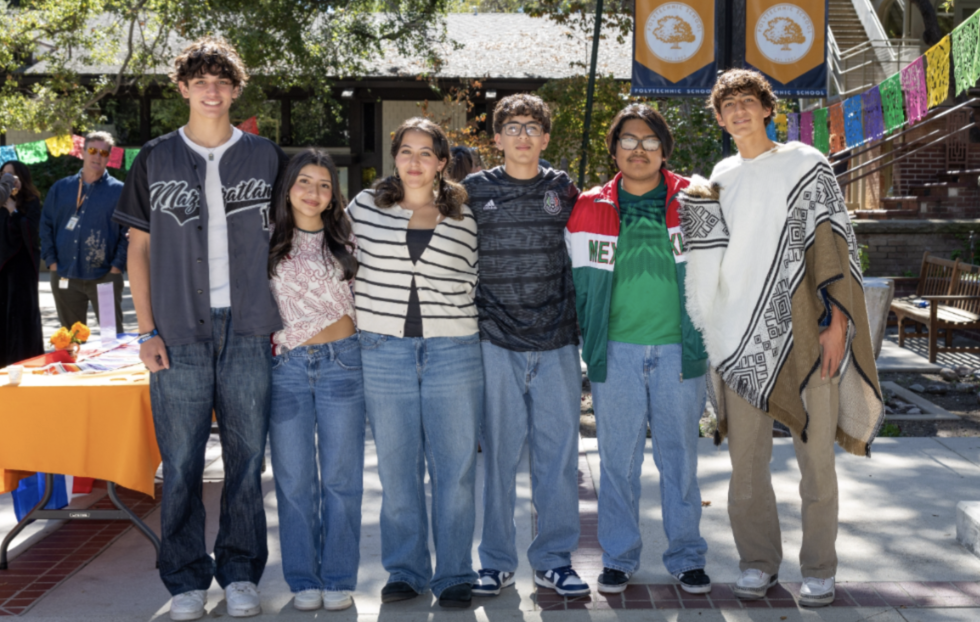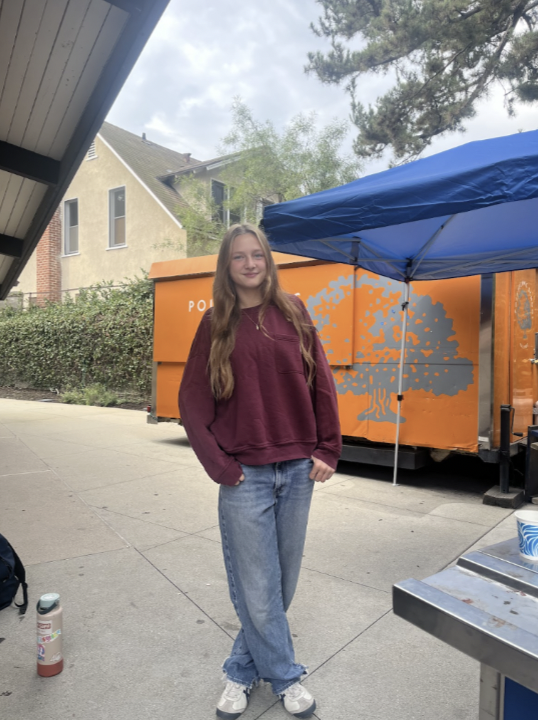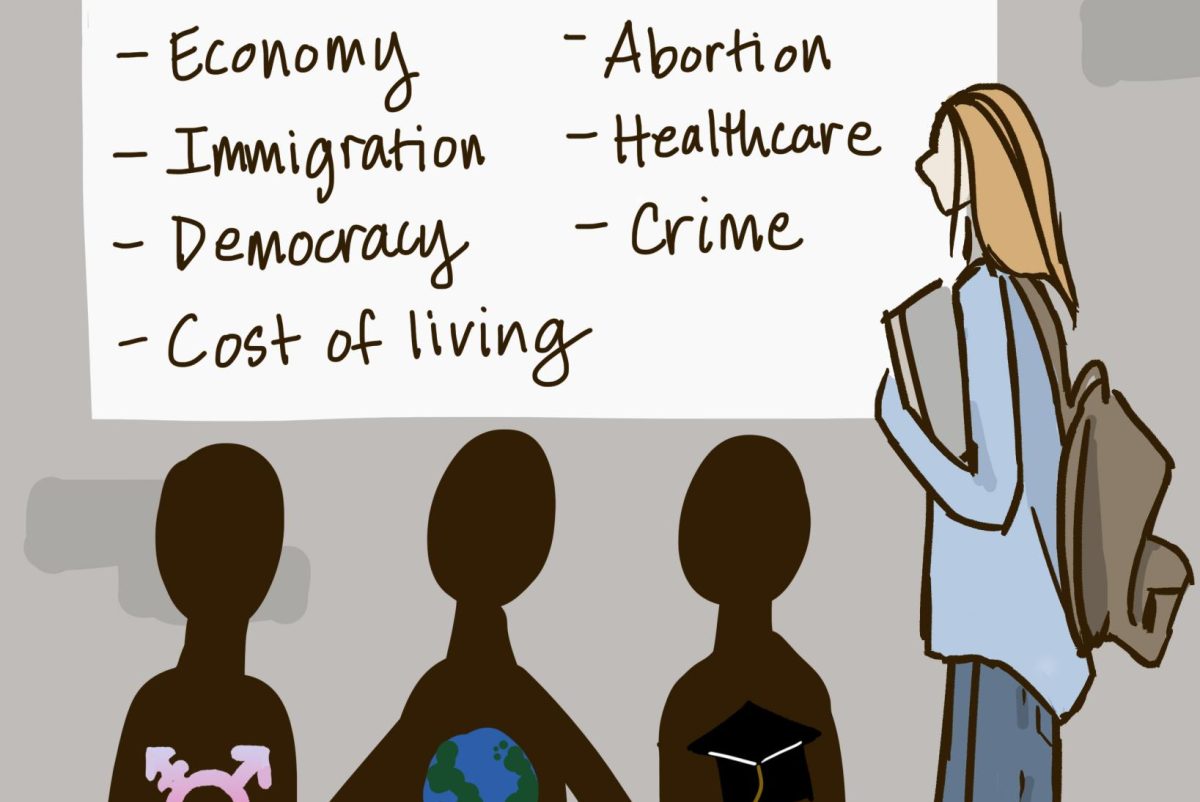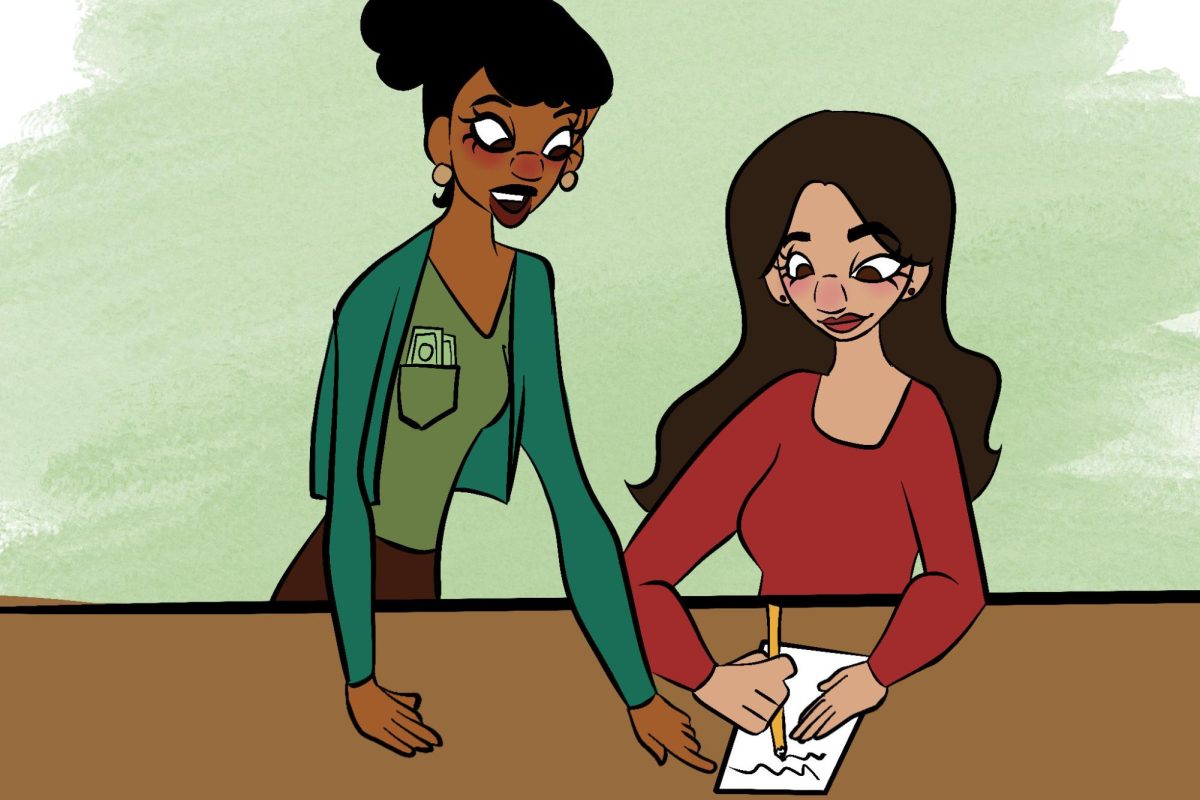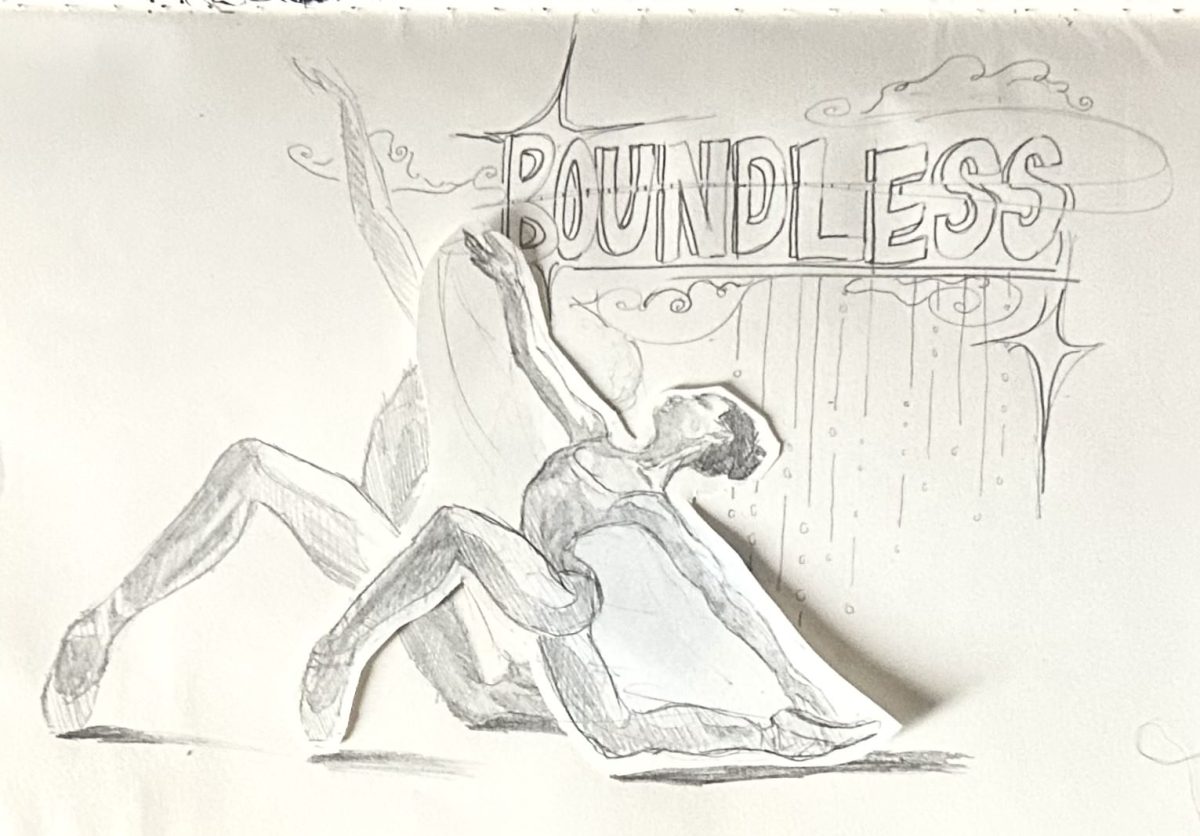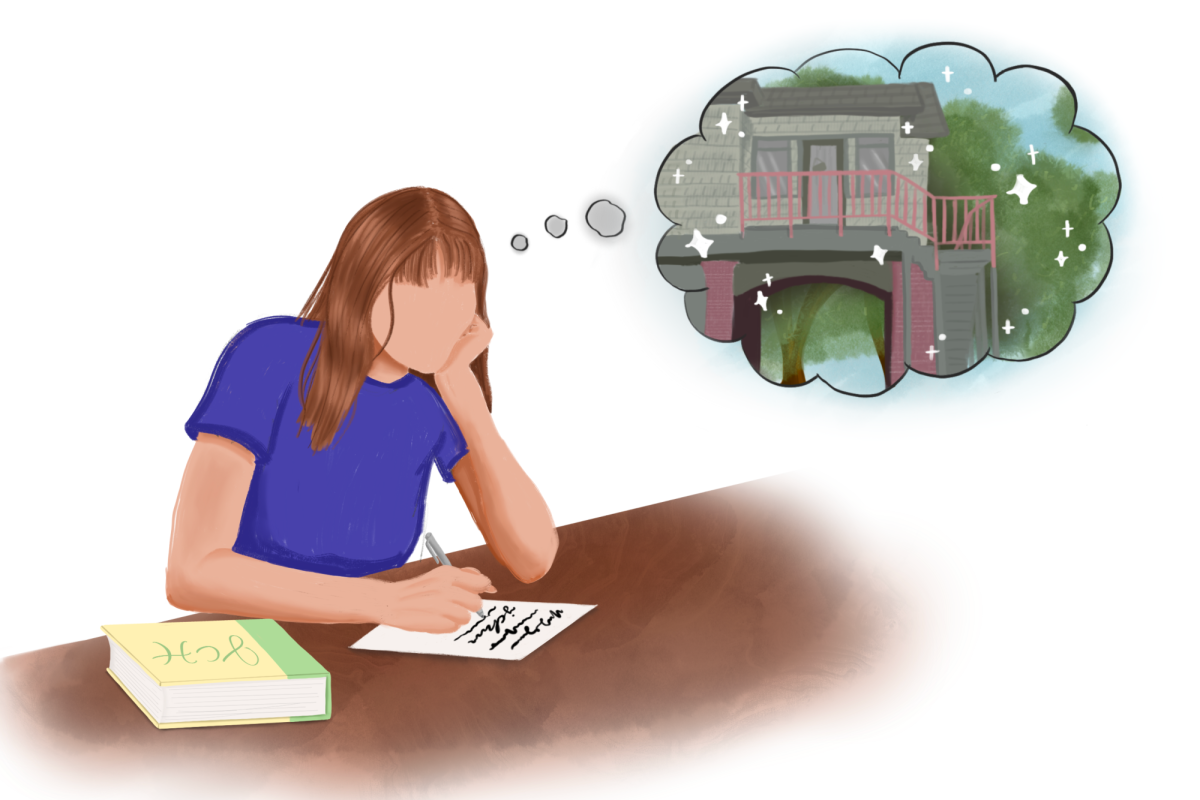Imagine working in a sweatshop from the age of 10, toiling for 13-14 hours a day in dark, dirty, and unhygienic conditions to make only 18 dollars per month. This is the life of Arifa, a 30-year-old woman living in the nation of Bangladesh who told her story to War on Want, a London-based charity that aims to tackle the root causes of poverty. Arifa is not alone – a life of sweatshop labor is the unfortunate reality of more 250 million individuals, per The World Counts, an organization that aims to provide accessible statistics on global challenges such as child labor.
Fast fashion is rampant in the US today, but few people understand the human cost behind their new clothing. Big brands such as Adidas, ASOS, Gap, H&M, Nike, Primark, Zara and Shein utilize sweatshops in low-income countries to lower their manufacturing expenses. Although the allure of affordable fast fashion may be hard to resist, especially for teenagers on a limited allowance, it is crucial to recognize the undeniable connection between fast fashion and exploitative labor practices.
A sweatshop is defined by the Oxford English Dictionary as a factory or workshop, especially in the clothing industry, where workers are hired for extended hours and meager wages and are subjected to unfavorable conditions. Sweatshops are detrimental to humanity as a whole, yet they have only become more prevalent with the rise of fast fashion.
Throughout history, working conditions in sweatshops have consistently been marked by their appalling nature. In the most extreme situations, employees are compelled to work for 72 consecutive hours without any opportunity for rest, according to The World Counts. Those who voice their concerns are often silenced and even subjected to physical harm. Additionally, due to the perception that labor is easily replaceable, the owners often neglect to implement adequate security measures, resulting in a significant number of deaths, as reported by the Clean Clothes Campaign, a civil society campaign focused on improving working conditions in the garment industry.
Despite the squalid working conditions, compensation is insufficient. With no minimum wage laws or overtime pay, employees might have to put in more than 100 hours to earn a mere three dollars. And the workers aren’t always adults. As The World Counts describes, kids as young as six may work up to 16 hours a day in the same horrible conditions while earning even less than their adult counterparts.
These harsh and unrewarding working conditions are a major reason why sweatshops are so unethical, but the sweatshops harm more than the workers.
According to the Center of Environmental Health, sweatshops are often exposed to lead, a heavy metal found in many fast fashion products, such as Shein garments. Sweatshops also produce items that contain phthalates, a group of chemicals that are used to strengthen plastics and can interfere with reproductive hormones as well as increase the risk of childhood asthma.
Furthermore, the fast fashion industry harms the environment. The cheap quality of the clothing results in frequent discarding of the garments, creating a surplus of waste. In fact, the fast fashion industry has been identified as the second most polluting sector globally, according to the United Nations Conference on Trade and Development, trailing only the oil industry.
Sweatshops are unethical, unsanitary and abusive, and while their goods might be cheap, they harm not only the workers but also the consumers as well as the environment. Next time you consider buying a shirt from Shein, consider opting for more ethical options such as thrift shops.



